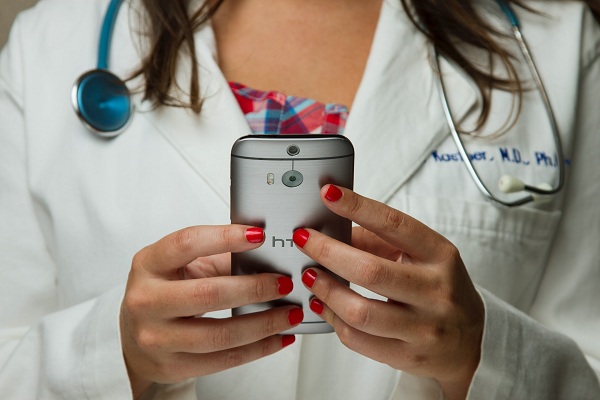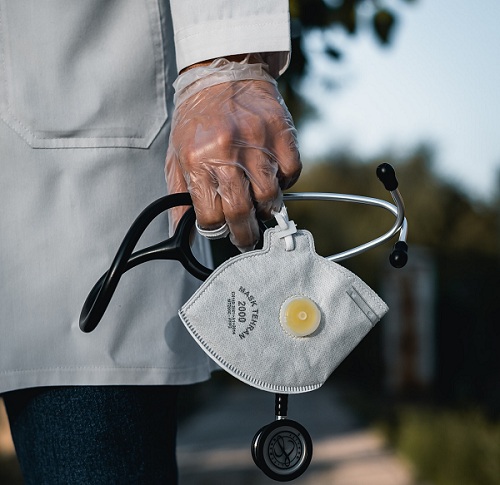
Table of Contents
Does the World Health Organization approve Telehealth?
WHO has been actively propagating the trend that is Telehealth. Since 2000,WHO is taking initiatives to establish telehealth technology through out the platform of Information and Communication Technologies (ICT).Online consulting brings with it an opening for fraud, therefore,WHO is endeavoring to bridge the gap with the help of ICT. They focus on rural and underdeveloped countries and regions, which generally lack the proper access to health care. WHO had established Global Observatory for eHealth (GOe) to review the potential of ICT to deliver seamless service atthe global level, while abiding all rules and policies (2).WHO is also taking steps to train healthcare providers and patients on how to use digital media and telecommunication for health-related services.
What is the potential of India in this segment?
It is estimated that India will achieve $5.4 Bn by 2025 with a CAGR of 31%. Despite many short comings in communication, India is surging towards this concept and practice. In March 2020, the Indian Government has issued new telehealth industryguideline that delineated policies of regulation for startups and investors. Practo, Lybrate, DocPrime, CAllHealth and mFine are the market players in India that provide the service under a regulatory grey area.
This segment is beneficial for India, as we have a lack of:
- 600k Doctors
- 2 million nurses
- Hospital beds for patients
There is only one government doctor is available per 1,139 people (WHO recommends a ratio of 1:1,000)
The telemedicine guideline published on 25th March 2020, Section 27 of the Medical Council of India Act, 1956, and IT Act of 2003,states the parameters and standard of telehealth practice. It provides a comprehensive framework of medical treatment ethics, application, modes of communication, data privacy, documents, fees, drug list, and platforms used.
How does India differ from USA and China inthe Telehealth Market?
India is one of the top ten countries in the telehealth market. In the USA, public awareness is higher, however, in China, the acceptance of the system is better.
Mr. Mishra of Tattvan says, “Over the years, India has seen considerable growth in the telemedicine sector however, the growth was not rapid due to the lack of proper guidelines and regulations. In the coming years, I expect a high investment from the private sectors in the field of telemedicine.” (3).
Types of Telemedicine
Telemedicine is an integral part of telehealth, which is categorized into3 types:-
- Synchronous or Real-time telemedicine – It involves an online or live platform where both, patient and doctor,can interact.
- Asynchronous telemedicine or Store-and-Forward – Where the sender (doctor/patient) stores the database or information and sends the same to the receiver at a suitable point of time.The receiver can review details according to their convenience.
- Remote Monitoring – By medical treatment application,doctors use technical devices toremotelymonitor the patient based on clinical signs (4).
What are the safety measures needed for telehealth consultation?

- Obtain telehealth consultation only from a trusted source or an already known medical practitioner
- Share correct and precise information withthe doctor
- Keep a recording of the conversation or shared data
- Take precautionary measure for online mode of payment
- Request the doctor to share the name of the prescribed medicines in a written format
Comply with this new trend in medicine practice by abiding all rules and policies laid by your Government to gainmaximum benefit.
Disclaimer:
Anzen Exports’ blog posts are based just on our research from cited websites. To be best informed, we advise consulting a doctor about an ingredient or medicine prior to taking it.
Sources:-
- Learning English
Website – https://learningenglish.voanews.com/a/is-telehealth-the-future-of-medicine-/5565204.html
Date – 1st Sept 2020.
- WHO, Telemedicine opportunities in Member States
Website – https://www.who.int/goe/publications/goe_telemedicine_2010.pdf
Date – 2010.
- Inc42
Date – 16th Apr 2020.
- NCBI
Website – https://www.ncbi.nlm.nih.gov/pmc/articles/PMC6618173/
Date – June 2019
